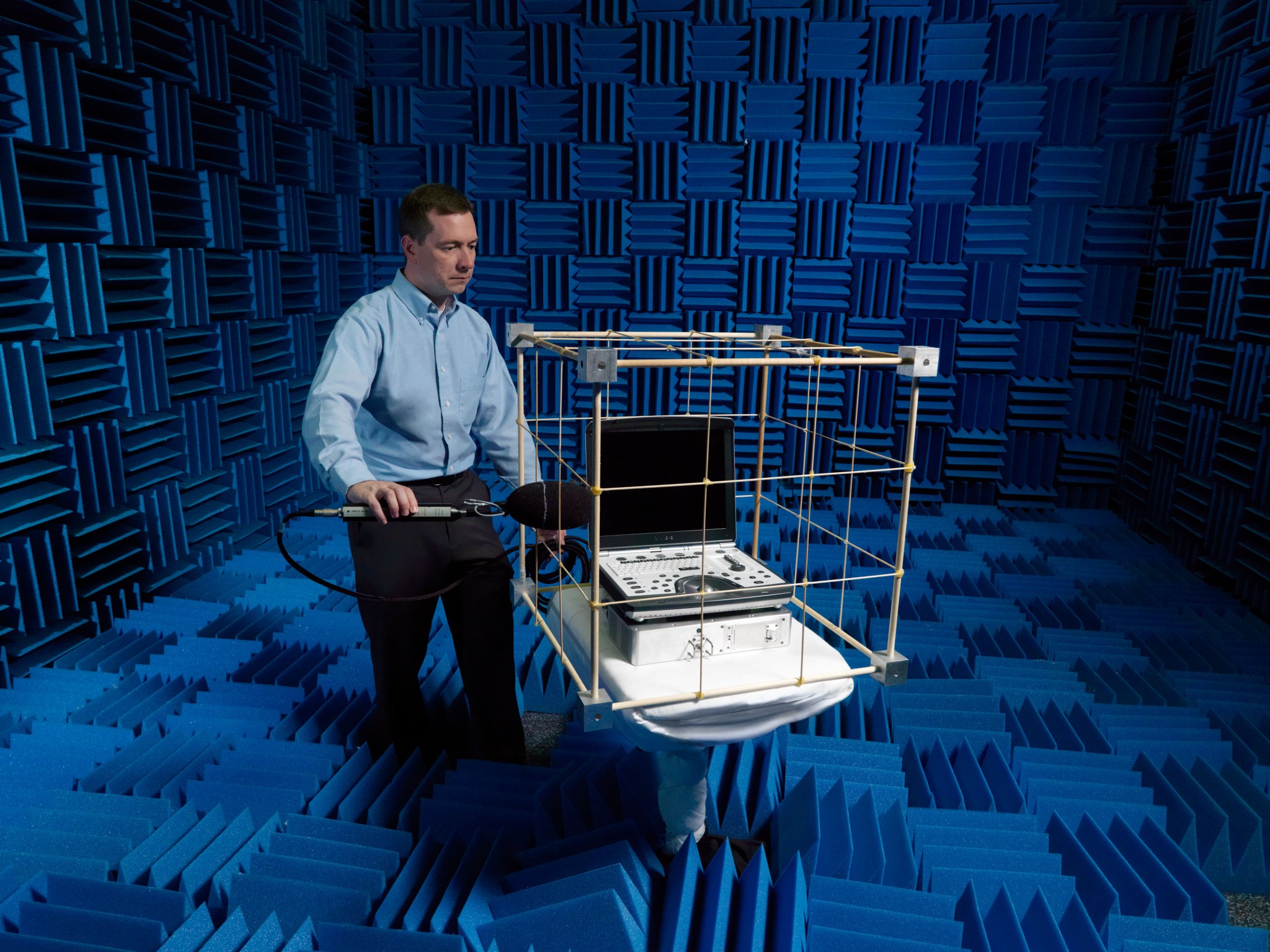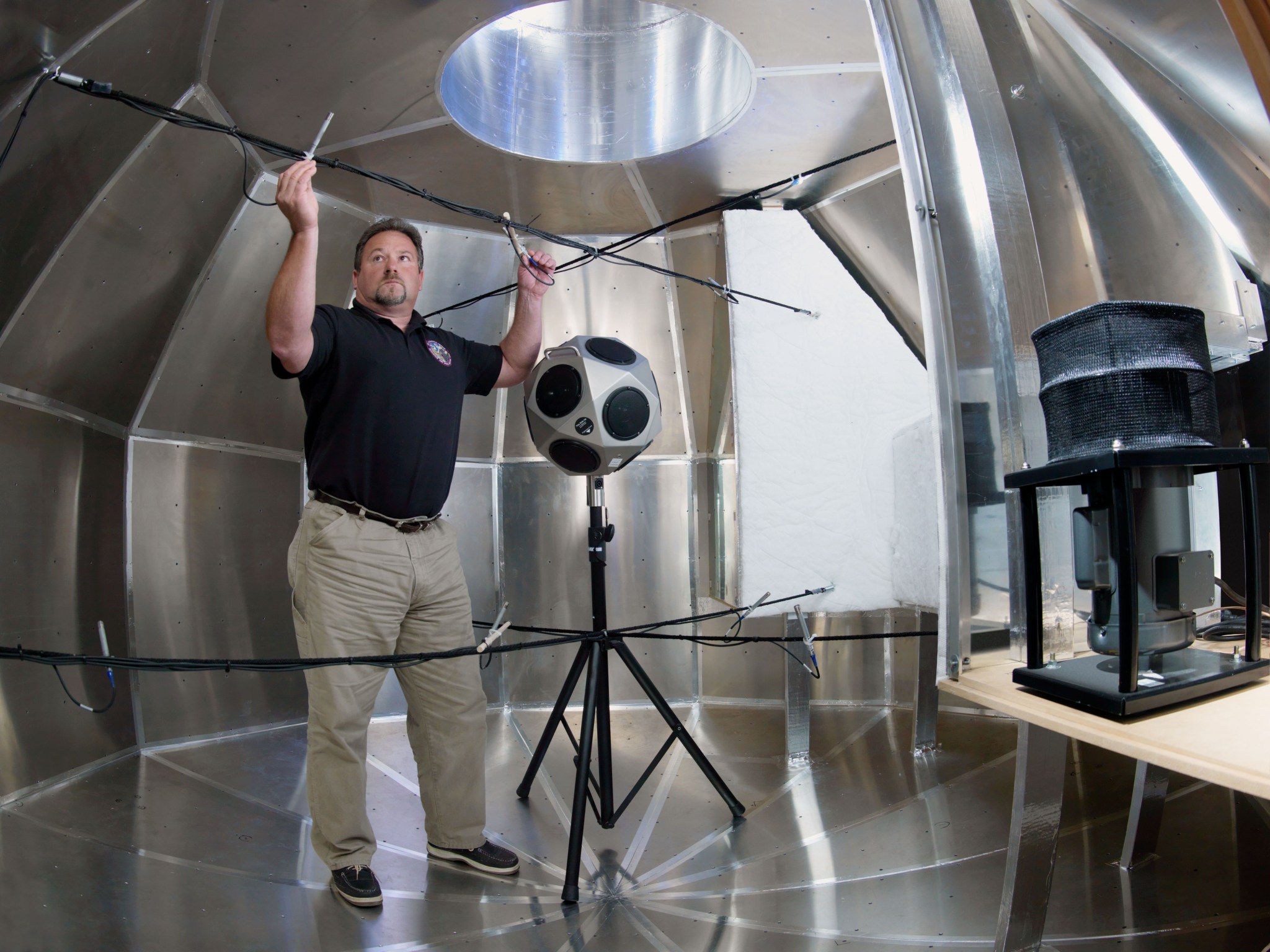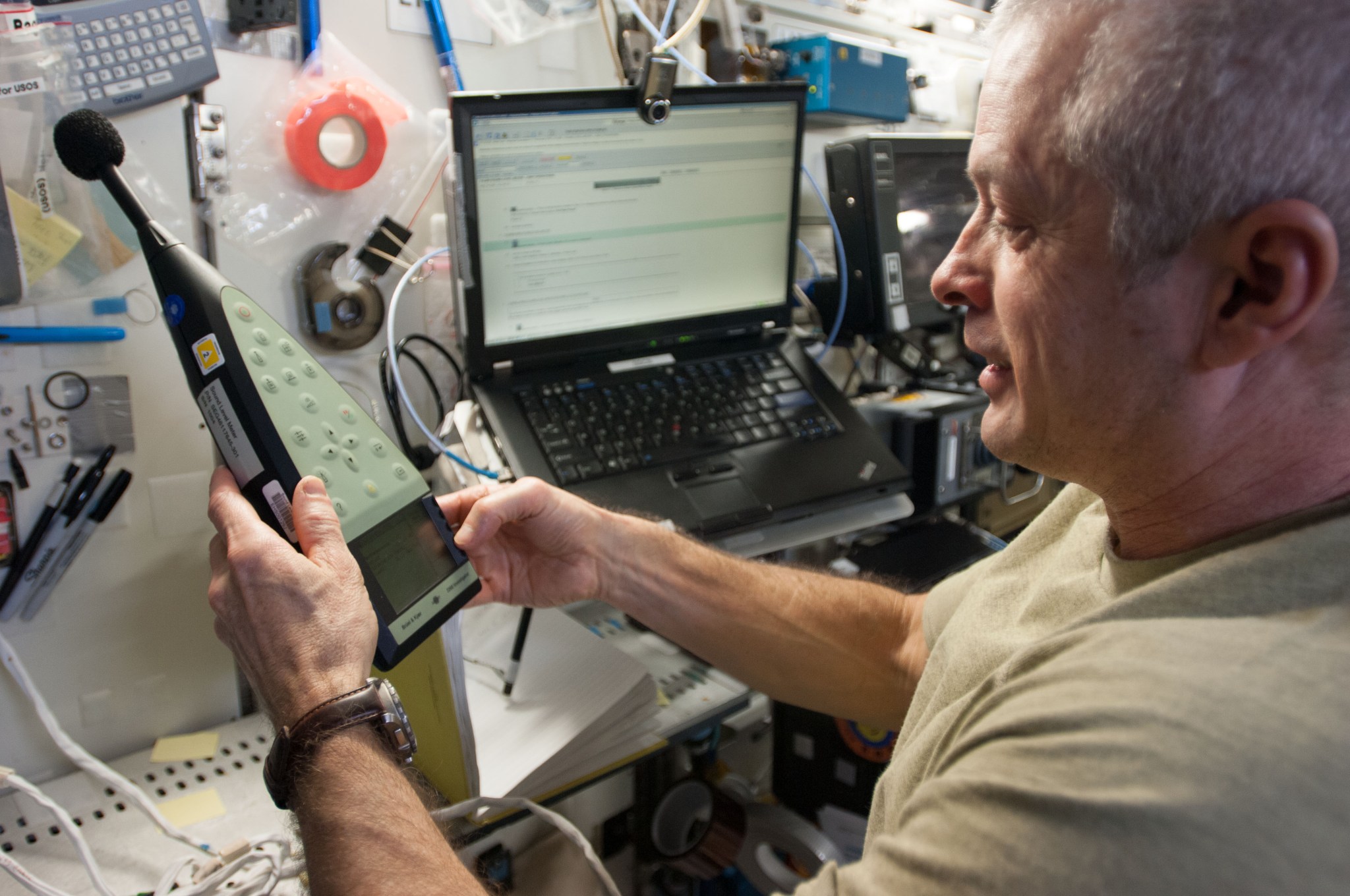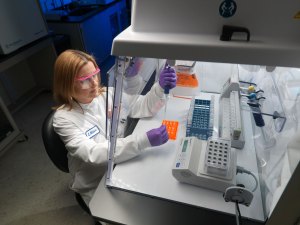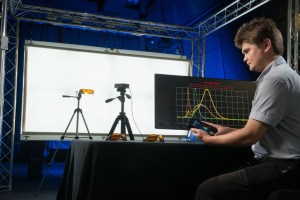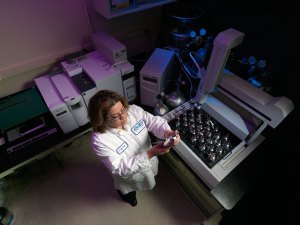Managing Noise for a Quieter Spacecraft
Working in a noisy environment can be difficult for anyone, especially astronauts performing critical experiments or trying to sleep. The Human Health and Performance (HH&P) Directorate’s Acoustics Office is responsible for ensuring a safe, healthy acoustic environment in which astronaut crews can live, communicate and work. This means ensuring that space vehicle environments are not too noisy, do not have irritating audible sounds except when trying to get the crew’s attention, and do not have startling bursts of acoustic energy.
Reducing Noise at the Source
To control the overall noise of the environment, we must control the noise output of each piece of flight hardware. A spacecraft like the International Space Station (ISS) contains a large number of complex systems – all with their associated fans, pumps, valves, and other mechanical noises. To mitigate the risk of excessive noise, all flight hardware is required to pass acoustic emissions testing. This testing may be performed in different classes of facilities; however, performing this testing in a facility with poor acoustic quality may increase the measured noise of the hardware. The HH&P Acoustics Office has a complement of testing facilities, sound measuring equipment, and experienced acoustic engineers to measure each piece of hardware and offer recommendations to the developers.
Establishing Acoustic Requirements
To help the developer community build quieter hardware, the Acoustics Office was established. Flight hardware noise is controlled through a comprehensive set of requirements where acoustic noise levels are limited based on the type and complexity of the hardware. Compliance to the requirements must be verified for the hardware to be approved for flight.
Expertise and Lessons Learned Help Build Quiet Hardware
Knowing the acoustic requirements is only the first step. In order to meet the requirements, the hardware must be designed to be quiet. A mistake is often made of waiting until the hardware has been built before thinking about the noise it makes, and many times this leads to additional expense and schedule difficulties. To assist hardware developers with designing quiet hardware, information about basic acoustics, noise control, and valuable lessons learned can be provided by the points of contact below. As part of hardware noise control, it must be emphasized that only flight-certified acoustic materials are allowed to be used on flight hardware.
Points of Contact
Christopher Allen
Jurine Adolf
S. Reynold Chu



























